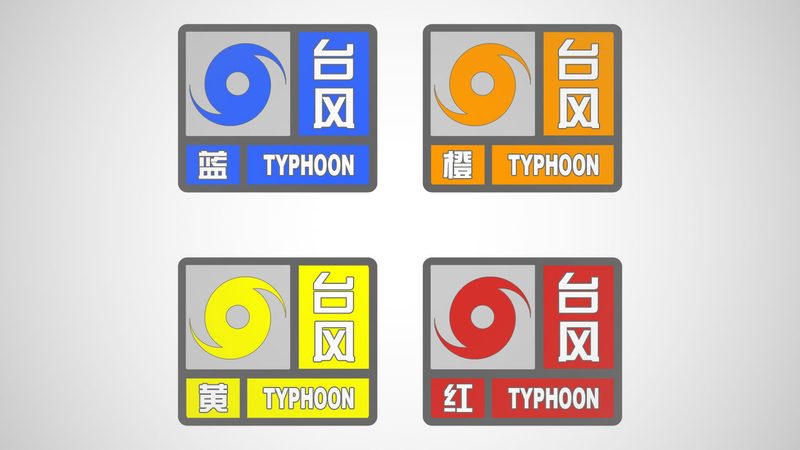When floods threaten cities or disease outbreaks emerge, China's emergency management framework springs into action through a meticulously designed four-tier system. Updated in February 2024, this national plan offers insights into how the world's most populous country coordinates crisis responses while balancing local autonomy and centralized oversight.
A Multi-Layered Safety Net
The system addresses four categories of emergencies:
- Natural disasters (floods, earthquakes)
- Industrial and transportation accidents
- Public health crises (epidemics, food safety)
- Social security incidents (major criminal cases)
Color-Coded Early Warnings
For predictable threats like approaching typhoons, authorities deploy a preventive alert system:
- Red (Level I): Imminent catastrophic risk
- Orange (Level II): High probability of severe impact
- Yellow (Level III): Significant potential danger
- Blue (Level IV): General risk advisory
Activated alerts trigger localized measures ranging from emergency team deployments to public space closures.
Hierarchical Crisis Management
When disasters strike, response levels determine leadership:
- Level I: Central government directs national resources
- Level II: Provincial authorities lead major incidents
- Level III: Municipal governments manage larger events
- Level IV: County-level teams handle general emergencies
This structure enables rapid resource allocation while maintaining clear accountability lines. For investors and businesses, the system provides predictability during disruptions – a crucial factor in risk assessment for Asia's largest economy.
Reference(s):
cgtn.com








